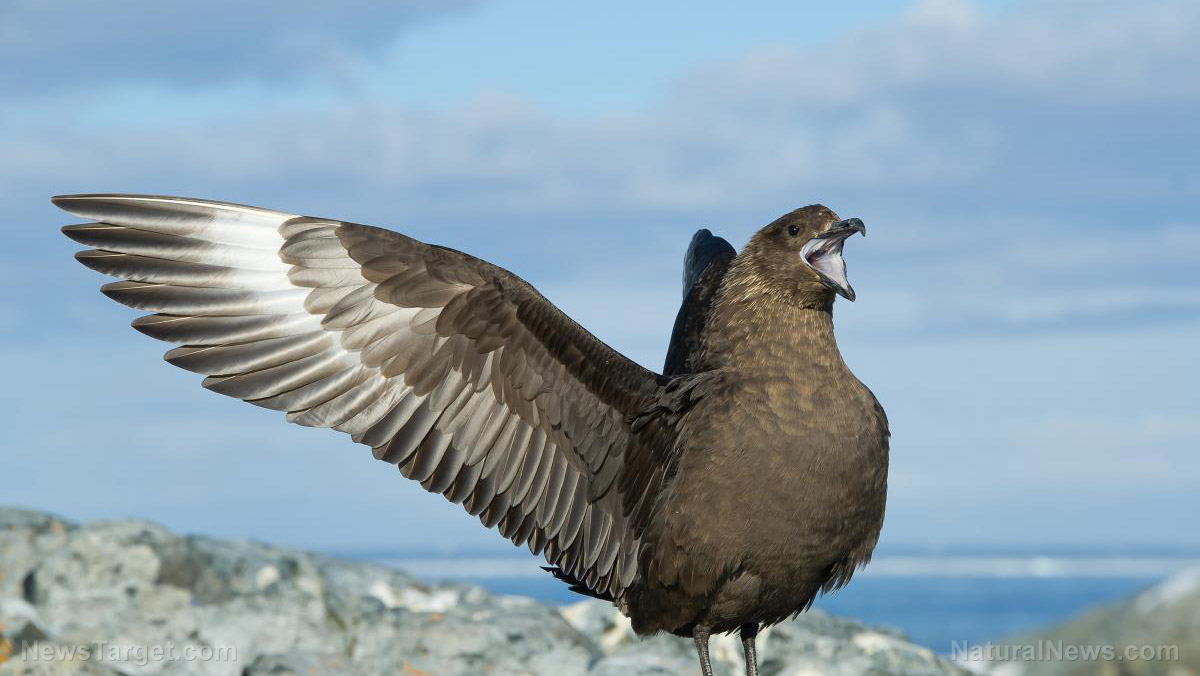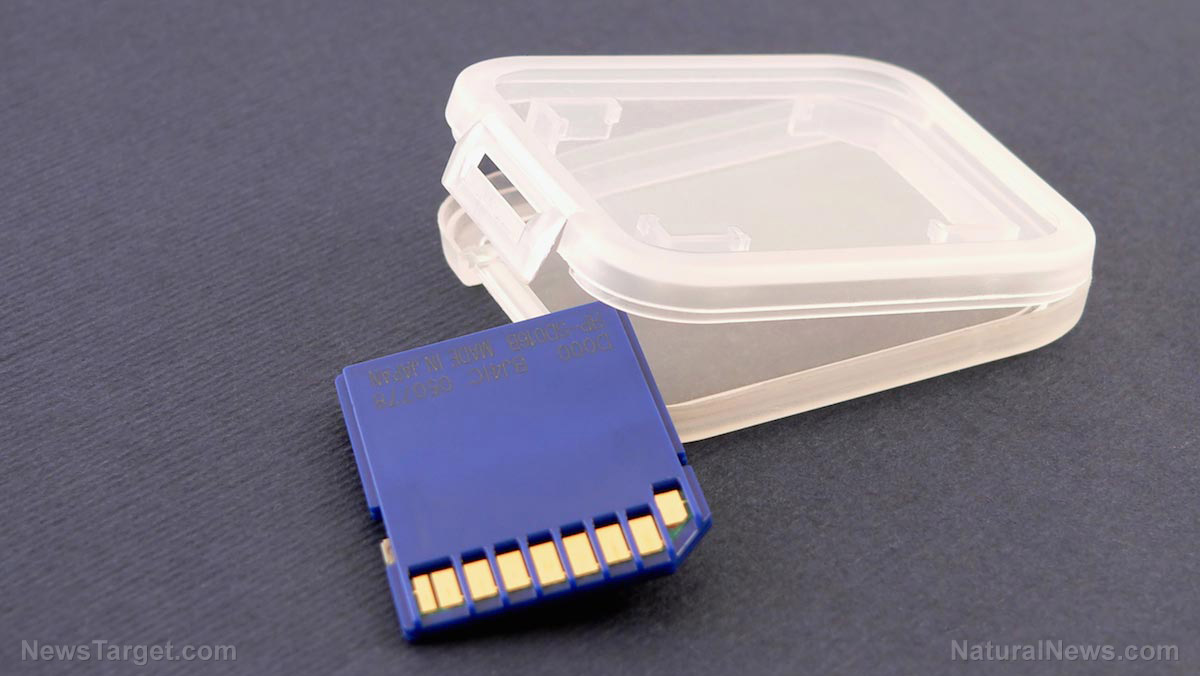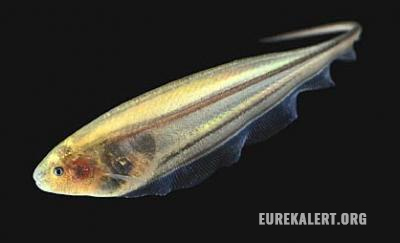Barbules and velcro: Researchers study birds for inspiration to develop new adhesives and aerospace materials
04/09/2019 / By Edsel Cook

Do you remember the times when your younger child self toyed with the feather of a bird? When you ran your fingers along its barbs and watched the disturbed parts return to their original positions? Researchers do, and they used the shape of the barbules of a feather to develop new adhesives and aerospace materials.
It has been 20 years since the last time someone performed a detailed investigation of the overall shape of bird feathers that was not limited to a single species. The new study was conducted by a research team from the University of California San Diego (UC San Diego).
Team leader Tarah Sullivan oversaw efforts to print 3D structures based on the various parts of feathers from multiple species of birds. The printed shapes underwent various tests that helped define their properties.
One example is the difference between the underside and the top part of the feather. The underside can generate lift for flight by catching air, while the top can keep air out when the bird needs to land.
Sullivan published her team’s findings in the scientific journal Science Advances. Her paper is titled “Scaling of bird wings and feathers for efficient flight.” (Related: Experts: Preserving old villages and farm buildings could help halt the decline of certain bird populations.)
The barbules found in feathers inspired a Velcro-like adhesive material
In her study, Sullivan examined the spacing between barbules in different species of birds. A barbule is a tiny hooked shape that acts as an attachment point for feather barbs. She found that the gaps between these barbules measured eight to 16 micrometers.
Furthermore, this range of measurement held true in the feathers of all of the bird species they studied. It didn’t matter if the bird was a tiny hummingbird or a huge condor. It seemed that such a gap was a requirement for flight.
“The first time I saw feather barbules under the microscope I was in awe of their design: intricate, beautiful and functional,” Sullivan explained. “As we studied feathers across many species it was amazing to find that despite the enormous differences in size of birds, barbules spacing was constant.”
She added that further examination of the barbules, barbs, and vanes that made up the structure of the feather could reveal new uses for the shapes. Sullivan herself was able to print prototypes of a new adhesive material similar to Velcro, and the hooks were similar to the barbules in feathers.
“We believe that these structures could serve as inspiration for an interlocking one-directional adhesive or a material with directionally tailored permeability,” she said.
A bone in the wing grows faster than other bones in the bird’s body
In addition to studying bird feathers, Sullivan and her UC San Diego teammates also examined the bones in the wings of the animals. They paid particular attention to the humerus, the longest bone in the forelimb of the animal.
By now, researchers knew that the humerus was larger than it should be. However, Sullivan was able to figure out the reason as to why this particular wing bone was so big.
Bird bones are rather flimsy. Their strength is not proportional to the overall weight of the animal. Furthermore, the act of flying subjects the wing bones to even greater levels of physical stress. The last thing a bird needed is to break a wing bone while in mid-flight.
To get around this limitation, the humerus grows much faster and larger than the rest of the bones in a bird’s skeleton. This unequal growth of body parts is called allometry, and it grants the humerus sufficient structural strength to withstand the stresses of flight.
Sources include:
Tagged Under: 3D print models, adhesives, barbules, biomimicry, bird wings, birds, breakthrough, discoveries, feathers, future science, materials research, materials science, physics, research, science and technology, Velcro



















